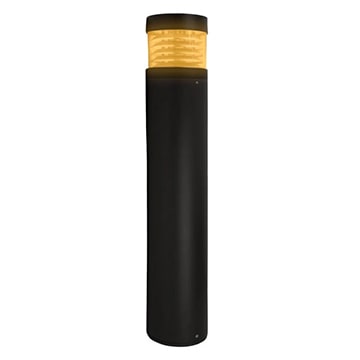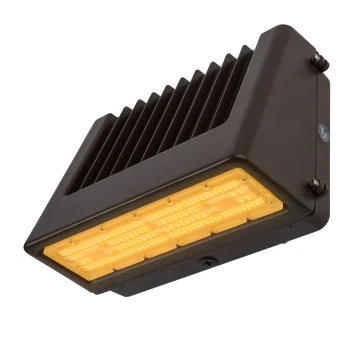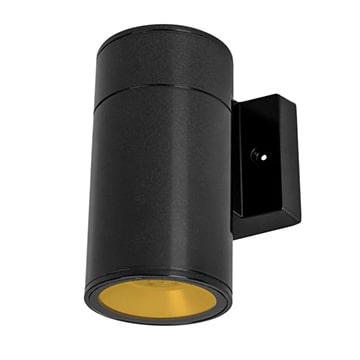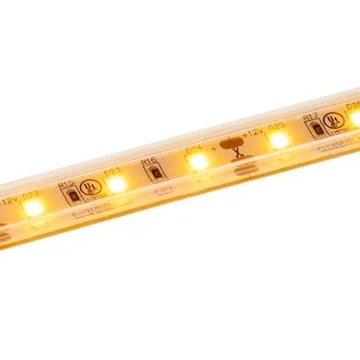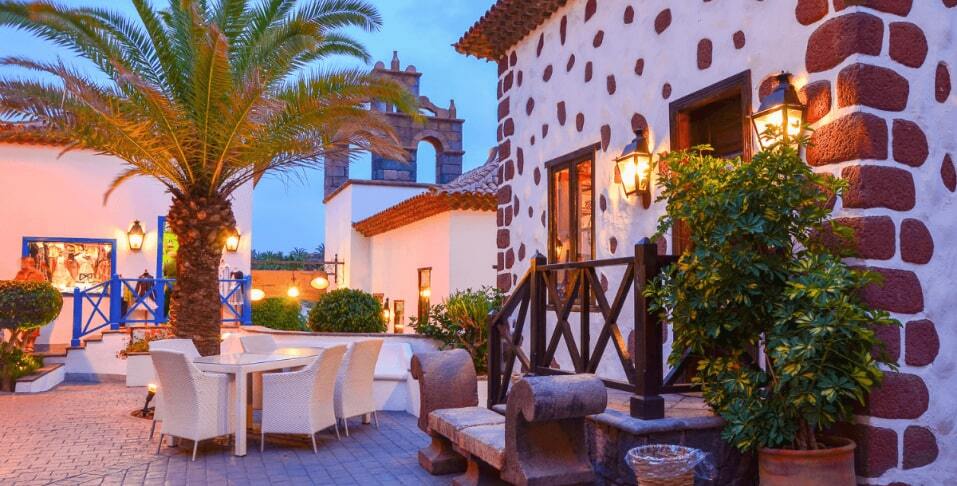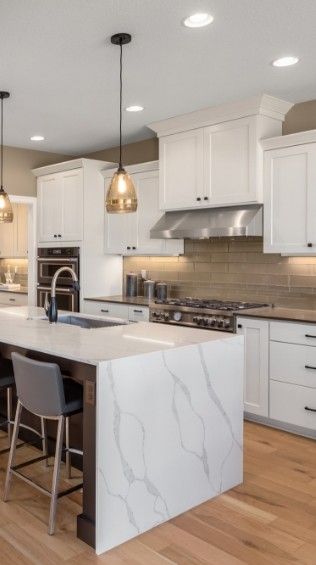Keep it low, keep it long, keep it shielded.
Wildlife-friendly LEDs are an energy-efficient, low-maintenance way to upgrade traditional fixtures and save money. Turtle-friendly lighting minimizes the disruptions of artificial light on wildfires’ natural habitats and diminishes the risk of predators. Implementing this lighting not only benefits animals but also reduces eyestrain for individuals walking on the beach at night. In addition, certain municipalities enforce regulations to prevent light pollution, and you can check if the features of these fixtures meet the requirements.
LEDs’ energy efficiency allows them to last up to 50,000 hours, five times the length of metal halides, decreasing replacement costs. Additionally, unlike artificial blue-toned light, wildlife-friendly fixtures use amber LEDs, which emit a longer wavelength that isn't confused with moonlight. Our fixtures are constructed with full cutoff technology to direct light downwards and minimize light pollution. These fixtures are great for businesses or residences near coastal areas, nature reserves, national parks, or any location near animal habitats.
Choose the Right Wildlife-Friendly Lighting for Your Area
Wildlife-friendly LED lighting fixtures are built tough with sturdy aluminum housing and an IP65 rating to withstand rough weather conditions. This leads to fewer replacements and lower maintenance costs than traditional fixtures. All our wildlife-friendly lighting is Certified by UL, ensuring it has been tested and proven safe to install. These lights are often installed in coastal areas prone to heat, so our wildlife-friendly LEDs are built with heat sinks to regulate excessive temperatures. Glare shields are available for certain fixtures. We carry a variety of styles and finishes to fit your application.
Our wildlife-friendly products include bollard lights, wall packs, and wall sconces.
-
Bollard lights, commonly called pathway lights, can be installed on sidewalks and piers. Glare shields cover 180° to block the view of the light from the beach.
-
Wall packs are fixtures installed along building perimeters to increase safety. For wildlife-friendly applications, install them on hotels, restaurants, and other businesses. Glare shields can be installed to guarantee the light is reflected downwards.
-
Wall sconces are cylindrical and installed against walls to emit light downwards. Due to their design, these can be installed alongside beachfront homes or condos for decorative wildlife-friendly lighting.
-
Wildlife-friendly parking lot lights and canopy lights can also be used in parking garages and lots for public beach access or nature reserves. Install glare shields to block the visibility of the light source.
Contact an Industrial Commercial Lighting expert for specific lighting information.
Wildlife-Friendly Lighting FAQs
What is wildlife-friendly lighting, and what are the regulations for wildlife-safe lighting?
LED wildlife-friendly lighting limits the adverse effects of artificial lighting on wildlife. The Florida Fish and Wildlife Conservation Commission is the major regulator of wildlife-friendly lighting. Their regulations include:
- Having wavelengths of at least 560nm to emit an amber glow
- Featuring a fully cutoff design to reflect light downwards
- Using the minimal lumens needed
- Installing the fixture low to the ground
- Implementing proper shielding to reduce uplight
How do LED lights affect wildlife?
Artificial lighting affects wildlife’s hunting, sleep schedules, navigation, breeding, and natural circadian rhythm, making them vulnerable to predators. However, the amber light of wildlife-friendly LED lighting generally doesn’t affect animals, eliminating these issues.
Why is wildlife-friendly lighting important for coastal areas?
Using wildlife-friendly LED lights for coastal areas protects animals from any disorientation or physical effects from artificial lighting. For example, sea turtles go to the beach to lay eggs, and the hatchlings use the moonlight to guide them to the water. Artificial light not designed for wildlife has been known to disorient them and lead them farther inland, endangering the species further.
Installing LEDs in coastal areas is also important because of their durable aluminum housing and IP65 rating, which ensures they can withstand weather conditions and resist rust from salt water.
Are amber LED lights better for wildlife?
Yes, red or amber lights are better for wildlife than cooler white or blue-toned lights. Amber LEDs are less visible and are not confused with natural moonlight for wildlife, eliminating adverse behavioral effects.
What is the best color temperature for wildlife-friendly lighting?
If measuring using CCT, a warmer color temperature should be used. However, the wavelength is more important than the CCT. Wildlife-friendly lighting should have a wavelength of at least 560 nanometers to not disturb wildlife's hunting and sleeping schedules or limit their chances of survival.
How do I install wildlife-friendly lighting for commercial properties?
When installing wildlife-friendly LED lighting, keep it low, keep it long, and keep it shielded. Install the lights low to the ground to reduce the light spread, purchase fixtures with a wavelength greater than 560 nanometers, and add glare shields to your lights for reduced light spillage. Lastly, before purchasing fixtures for commercial outdoor wildlife lighting, ensure the fixture adheres to laws and regulations. Check with your local municipalities to see if they have any restrictions regarding wildlife-friendly fixtures.
How does wildlife lighting reduce light pollution?
The cutoff design of these fixtures reflects the light downwards, making them an eco-friendly outdoor lighting solution. Bollard lights and wall packs can be installed with glare shields to focus the light away from the beach. The soft glow of these lights will mitigate light pollution by guaranteeing there isn’t excessive brightness.
What industries need wildlife-friendly lighting?
Industries located near the ocean, including condos, hotels, restaurants, marinas/boat docs, or other areas home to wildlife, such as national parks, nature reserves, and golf courses, should implement wildlife-friendly lighting.
Are there energy-efficient options for wildlife-friendly lighting?
LEDs are the best energy-efficient wildlife lighting option because they use less electricity and emit less heat than traditional fixtures, reducing overall electricity costs.



